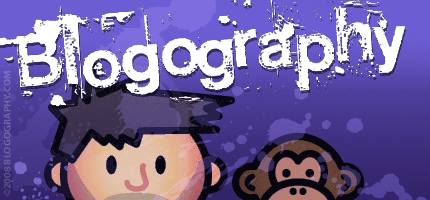
 Photography is very much just a hobby for me. I take snapshots when I travel, and don't think much about it when I'm not. When I was younger and had lots of time on my hands, things were different. I loved taking photos, and spent a lot of time trying different things so I could improve my pictures. Once film cameras died and I moved to digital photography, I started getting even more creative because I wasn't having to pay a fortune in film and photo processing charges. Alas, it was destined not to last, because I seem to have less and less free time available as time goes on.
Photography is very much just a hobby for me. I take snapshots when I travel, and don't think much about it when I'm not. When I was younger and had lots of time on my hands, things were different. I loved taking photos, and spent a lot of time trying different things so I could improve my pictures. Once film cameras died and I moved to digital photography, I started getting even more creative because I wasn't having to pay a fortune in film and photo processing charges. Alas, it was destined not to last, because I seem to have less and less free time available as time goes on.
But then my camera died and I bought a new Nikon D90 just in time for a vacation to Hawaii. Thanks to features like "Active D-Lighting" I was getting really good photos with very little effort if I took the time to set up my shot right. This kind of sparked a photography renaissance in me, and I started experimenting again.
And the thing I've been really interested in for the past year has been High Dynamic Range Photography (HDR).
The best way to explain it is to show it. When I was at Stonehenge, I lined up this beautiful shot of the sun rising behind the stones. Unfortunately, it turned out looking like crap...
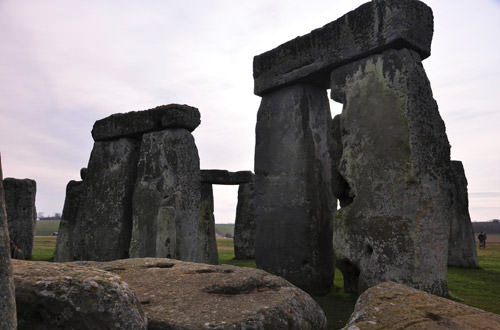
The bright sun blew out the sky and caused the camera to underexpose the dark stones. So I decided to take the shot again, but at three different exposure levels...
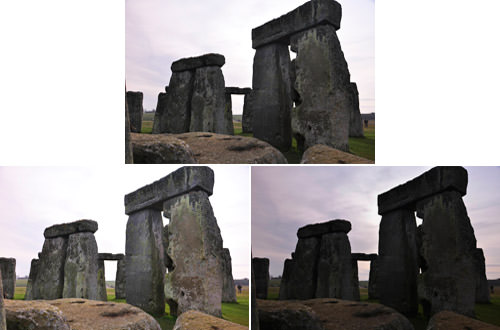
The long exposure blows out the sky, but reveals the details in the rocks. The short exposure paints the rocks black, but fills in the sky nicely. The medium exposure holds the shadows really well, but is murky everywhere else. If only there was a way to combine the best parts of each photo so you had great exposure over the entire image.
Well, there is, and it's called HDR Photography...
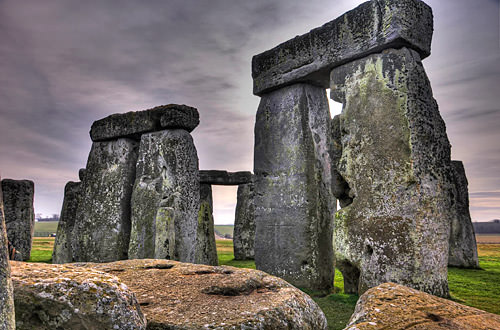
After merging the best parts of all three photos, it's easy to make tone adjustments to the color so that things really pop. The sun behind the stone now looks as I intended, with an eerie glow around Stonehenge. In fact, it looks even MORE awesome than it did in person!
And that's the problem. Most HDR photos end up looking surreal and totally fake. For a mystical place like Stonehenge, this isn't such a bad thing. But for "regular" photographs, it ends up looking strange. And most of the time it's strange in a bad way. But with some experimentation, you can make it look strange in a good way. Like this kind of boring shot of Bath Cathedral which is kind of murky thanks to overcast skies...

But in HDR, you can make it look pretty cool...
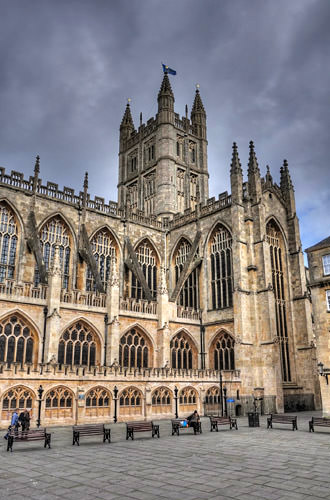
Where HDR really comes in handy is when light is scarce. Buildings at sunset can change completely...
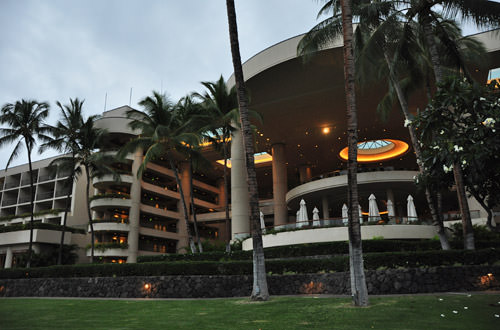
This time I composited five separate shots with different exposures to get this...
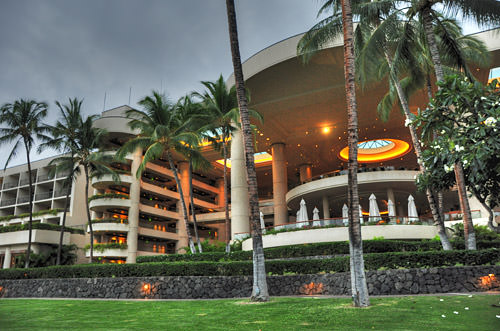
Sure it looks fake and can be difficult for the brain to process, but you do get to see details you'd never see otherwise. The best use of HDR seems to be in moderation. In this image from Kauai's Kalalau Lookout, the deep shadows from the clouds completely bury the details...
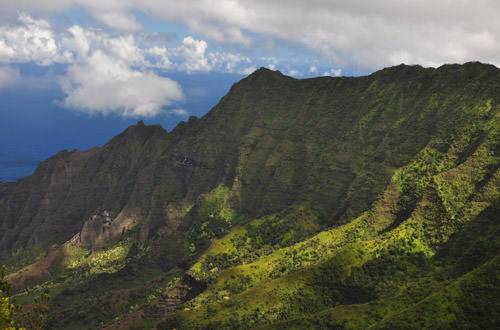
When I just want to brighten dark areas, you can composite an HDR shot with a regular shot and end up with results that don't look quite so artificial, though you do lose some depth in the resulting image...
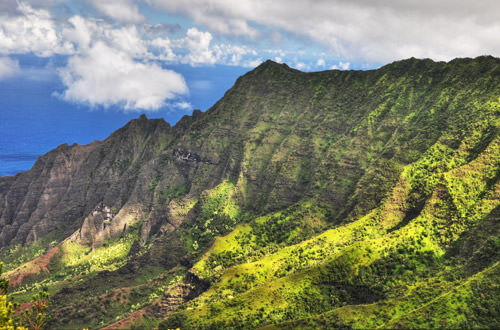
The danger being that you can completely change the tone of a photo if you're not careful. With this shot of a lava flow from The Big Island, for example, the rock is supposed to be dark...
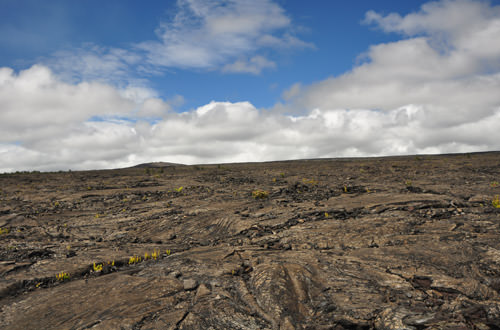
But using HDR, you end up with something that has lots of detail, but no longer looks like lava...
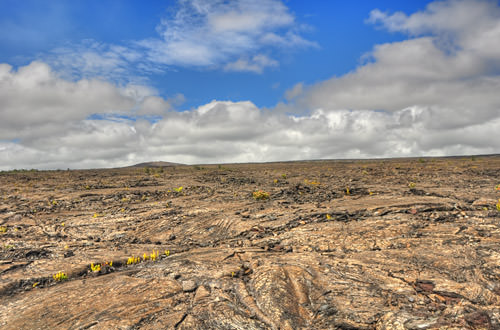
Sometimes using HDR can ruin a shot. This photo of a Banyan Tree has a kind of spooky vibe to it, even though I'm in broad daylight...
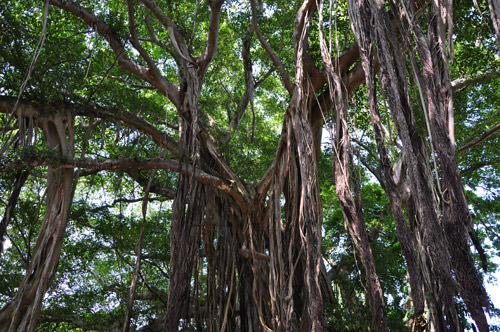
Take three different exposures and run it as an HDR photo and you end up with something completely different...
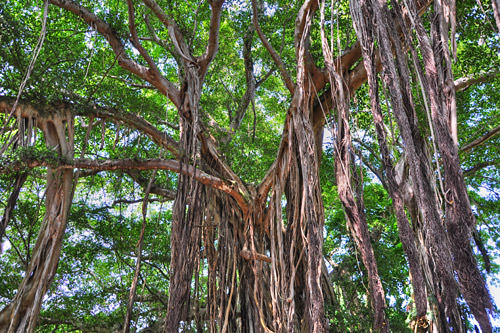
Yes, being able to see the freaky details in the tree is kind of nice, but the mood of the shot has been destroyed. Perhaps combining the above two photos would create a happy balance, but sometimes I think HDR is best avoided.
While I don't see myself using High Dynamic Range very often, I do think it has interesting possibilities for some situations and opens up an entirely new level of creativity for photographers. With practice, I'm hoping I can get better at knowing when to use it... but even more importantly, when not to use it... to keep my photography hobby interesting and fun.
If you've got some time to kill, you can download a free demo of Photomatix (the HDR software I use) and be good to go. Then all you need is a steady hand (or a tripod) along with a camera that can do exposure bracketing (or, you could try setting the different exposures manually, but you'd have to be very careful not to move the camera in-between shots!). You need a minimum of three exposures to make a decent HDR image, but I've found that five exposures works best.
Now if only I could afford a new lens... I've long been wanting to try deep macro photography...

I love comments! However, all comments are moderated, and won't appear until approved. Are you an abusive troll with nothing to contribute? Don't bother. Selling something? Don't bother. Spam linking? Don't bother.
PLEASE NOTE: My comment-spam protection requires JavaScript... if you have it turned off or are using a mobile device without JavaScript, commenting won't work. Sorry.

I used to process and print my own 35 mm (B&W) pix but, the convenience of digital turned my old camera into a paperweight. I’ve preferred to stay with a pocket sized point-and-shoot as I can always have it with me so I no longer have those “If I only had my camera!” moments. This HDR looks like its just the trick to take care of one of the biggest problems of getting an overall good exposure. Thanks, Dave!
(BTW Is that the banyan tree in Lahaina, Maui? Your HDR pic is certainly an improvement over my ‘regular’ ones.)
Interesting way to sex up a picture that’s “almost there.” I wonder if I’d have the patience to bracket. I have a tripod but I rarely use it because it’s a pain to drag around, especially when traveling.
But a macro lens… oh yes.
My experience with HDR is that not only is moderation important, but fine-tuning manually makes a world of difference. Attempts at automated HDR were always a bit unsatisfying, but by carefully managing the boundaries and such I could get much better results.
I never knew about HDR before this blog post. I may actually have to try this software on some of my photos.
And as I’ve told you before, your D90 takes very nice photos.
I think 2010 will be the year I get another camera. Been thinking about the Nikon D90 but also the new Canon Rebel’s are quite nice too. Hmmm. Oh amazing photos by the way.
Sorry, forgot to ask this in my previous comment. I know you put your iPhone pics on Flickr but do you have your D90 pics online anywhere? Would love to see them.
Since I really only take photos while I travel, my D90 photos usually end up scattered around my blog entries. I do not, however, take my D90 everywhere I go, because it’s often easier to just pocket my little Canon PowerShot (or use my iPhone if I’m desperate!).
Some trips I remember shooting with my D90 are England/Scotland, Hawaii, Germany, Mallorca, and Alaska.
I absolutely love the stonehenge photo! I really really really really want to learn to do HDR photos but I am one of those people who needs idiot proof instructions. Someone to go somewhere, show me how to set up the different pics, then take me home and go through what needs to be done on the computer.
Still looking for someone with the knowledge and patience to do it with me 😛
All you really need to do is learn how to take bracket exposures on your camera. The software takes care of the rest.
Yes but do you focus on the same thing each time? I assume you want to have as much on the screen in focus as possible? What sort of aperture do I use? I’m still such a beginner, I assume my camera can probably do the bracket exposures automatically but I just am not sure how to set up the photos in regards to aperture and the rest.
Yes, you focus on the same thing each time… you’re compositing three (or more) of the exact same photo… each just having a different exposure. If you’re unsure about aperture and the rest, then just leave them on automatic. My camera is set to program-auto most of the time. All I do is set up bracketing for +/- 1 or 2 stops (shots with a lot of contrast between dark & light usually require larger bracketing). The camera automatically fires off three shots, and I’m done.
The demo software is free. Digital photos don’t cost anything. If you experiment for a while, I’m sure you’ll figure it out. 🙂
Time to dig out the manual for my camera! If you come to Bitchsterdam and I haven’t learned it by then, I may corner you and make you teach me 😛 haha
I am planning on being there, so it’s a deal. Though unless you’ve got a Nikon D90, I may not know how to turn on bracketing in your camera!
Naw I have a Sony A300, it’s my first DSLR. I got it back in March but still have an awfully lot to learn!
oh and why is my gravatar not showing up, grr 😛
Interesting… I wonder if it looks so strange to the eye because we’re actually intuiting that the lighting is unrealistic. That there isn’t shadow where their should be, for example.
I’ve read good things about Photomatix:
http://www.tuaw.com/2009/06/05/friday-favorite-photomatix-pro/
The post also has links to sites with more info about HDR. Lots of sites out there devoted to it.
As often as I’ve read about it and as cool as it seems, I never think of it when I’m shooting. One of these days though… assuming the pocket digital I often borrow can bracket. Or when I finally find a digital camera I like.
thanks for the info, I just downloaded the trial. I like the possibility of getting to that surreal look with out a lot of tweaking. It seems you have to use it wisely and not waste your time on bracketing shots of grandma’s house unless grandma has some crazy stuff hanging around. Thanks
Walt
Well, whatever you’re doing, you’re doing it right!
Seriously. I need a kickass camera and some skillz. I can paint and draw, but photography always eluded me. I’d always think, “If only this was over there this would be a great shot!”. See? You kick ass.
HDR is great. I personally don’t like it when it’s “too” surreal but many people do and I will sometimes make those photos because they are what sells.
What I love are pictures that make you question… is this HDR? Those are cool 😀
Also, turning a finished HDR into a black and white image, especially with something like Nik Silver FX makes for super cool photos.
Great Pics Dave,
HDR is great if done right, but in the wrong hands it looks like clown vomit..
Photoshop CS4 also has HDR creation ability.
the most difficult part of HDR is getting the tone mapping done right. (thus avoiding the clown vomit look)
ive experimented with HDR a few times especially trying to incorporate HDR with the 360 Panoramas that i do but with little success to get an effect that im happy with and avoiding the funky colours. if your not familiar with 360 Panoramas here is a sample one i have made at the temple of Poseidon at Cape Sounion some 70 KM outside of Athens.
http://www.pachitalk.com/pano/sounion.html